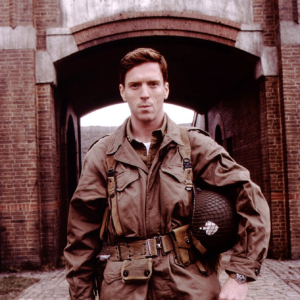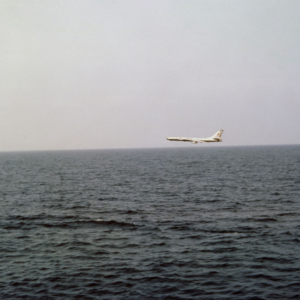The Allies may have to surrender to Hitler’s weapon
Few people know that the first American stealth aircraft, the F-117A Nighthawk and later the B-2 strategic bomber, originated from a formidable aircraft developed during Nazi Germany.
If the Nazis had time to complete the Horten Ho 2-29, this formidable stealth bomber could turn the tide on the battlefield, causing significant damage to the Allies.
The Ho 2-29 is considered one of the weapons vehicles that demonstrated the technological advances of Nazi Germany during World War II, in addition to the Panzer main battle tank and the V-2 ballistic missile.
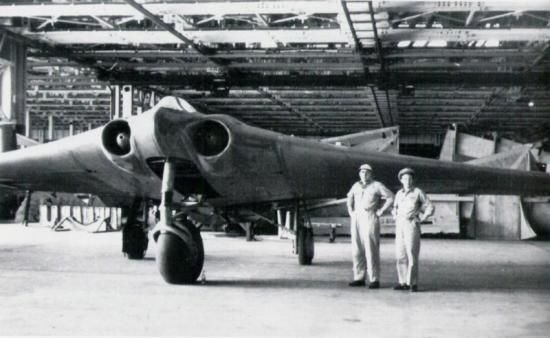
The Horten Ho 2-29 was a technologically superior bomber during World War II.
Since 1943, Nazi Germany has faced great defeats on the battlefield. The Ho 2-29 stealth bomber was born in the hope of being a modern weapon to help Hilter turn the tide.
German bombers always suffered heavy losses when facing British Spitfire fighters with high speed and flexibility. German Air Force Commander Hermann Goering asked engineers to build a new type of bomber according to the “1,000, 1,000, 1,000” standard. This means that the bomber is capable of carrying a bomb weighing 1000 kg, with a range of more than 1000 km at a speed of 1000 km/h.
German pilots Reimar and Walter Horten proposed a “flying wing” design that they believed would meet the specifications required by Field Marshal Goering.
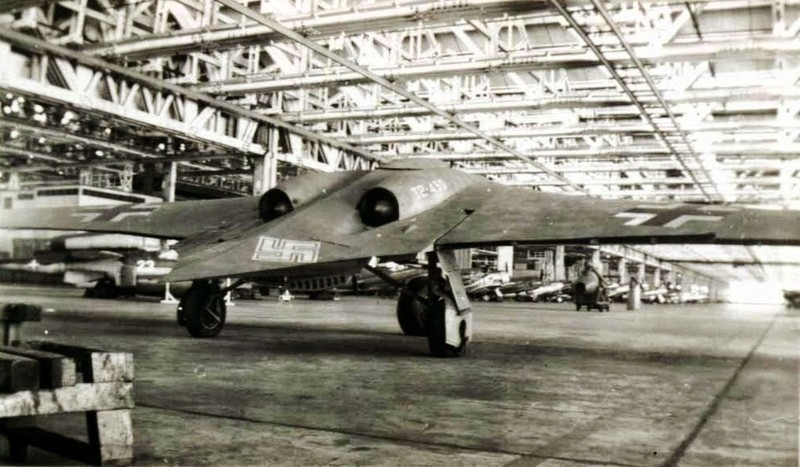
It will be 2-29.
The fuselage is made of rolled steel. The aircraft is designed to be powered by BMW 003 engines. The most unique idea was that Reimar Horten wanted to coat the plane with a mixture of charcoal powder and wood glue.
Horten thought that in combination with the angular surface, this particular coating would make the bomber almost invisible to enemy radar. In the early 1980s, the United States used the same formula to build a stealth aircraft called the F-117A Nighthawk.
In March 1944, the first Ho 2-29 prototype was tested. The aircraft has demonstrated superior speed, a greater range than any aircraft built before. In March 1945, a third prototype was built with a larger size, the engine producing 10 percent more thrust. The aircraft is also equipped with four 30 mm cannons and two bombs weighing 500 kg.
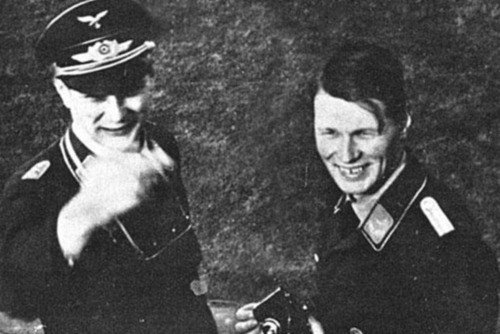
German engineer brothers Reimar and Walter Horten.
The idea of a stealth bomber to turn the tide of Nazi Germany became unfinished when the Allies crossed the Rhine. The U.S. military then launched Operation Paperclip, seizing German military research to avoid falling into Soviet hands, including the Ho 2-29 V3 prototype.
In 2008, based on the Horten brothers’ design and the only remaining prototype, U.S. defense contractor Northrop Grumman built a Horten Ho 2-29 bomber of the same size as the original, using World War II-era materials and technology at a cost of $154,000 and 2,500 hours of construction.
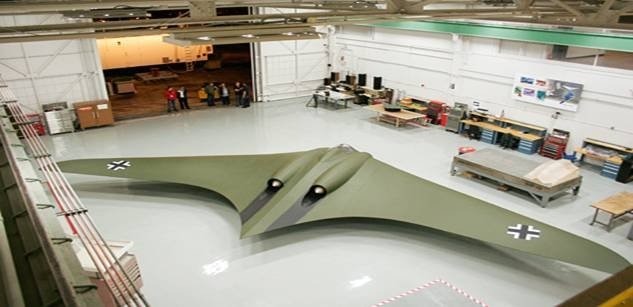
The Ho 22-9 was rebuilt by U.S. defense contractor Northrop Grumman in 2008.
Tom Dobrenz, a stealth technology expert and head of the Horten project, said that today’s tests show that the advanced design of the aircraft has a significant advantage when encountering enemy radar.
“The design of the aircraft reduced the detection distance by 20 percent compared to other aircraft of the time.” According to the test results, the British radar of World War II will detect the Horten at a distance of 129 km compared to 160 km like other contemporaries.
With a speed of nearly 1,000 km/h, the time it took for the Ho 2-29 to approach London from the moment it was discovered was only 8 minutes. This was enough time for the German planes to bomb before the Spitfires made a timely sortie to intercept them.
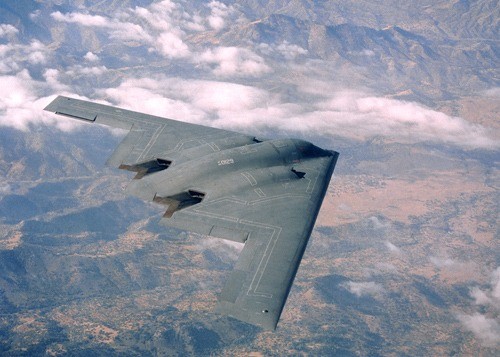
The U.S. B-2 Spirit strategic bomber reached speeds comparable to Nazi Germany’s Horten Ho 2-29 prototype.
“If the Nazis had had had enough time to develop these aircraft, they could have made a big difference to the battlefield at the time,” Peter Murton, an aviation expert from the Imperial War Museum in Duxford, Cambridgeshire, told the Daily Mail.
“In theory, the wing design is very effective in minimizing drag, helping to achieve great speeds while performing dives and glides with a significant range.”
However, Ho 2-29 has not yet been fully designed to be mass-produced. The lack of a tail wing makes the aircraft less accurate when performing bombing and air combat missions in the sky.
According to the famous historian George Cully, in the last period of World War II, Nazi Germany ran out of pilots, gasoline and time.
News
How Hezbollah & Israel counter-attack after the Lebanon Explosion
How Hezbollah & Israel counter-attack after the Lebanon Explosion This is how Hezbollah responded to Israel after the sophisticated pager and walkie-talkie explosions, which occurred across Lebanon. They retaliated by launching guided missiles for the first time. The three strikes…
[MUST WATCH] In pictures: The deadliest day in Lebanon in nearly a year of conflict
In pictures: Israel strikes hundreds of Hezbollah targets in Lebanon Israel attacked hundreds of Hezbollah targets on Monday in airstrikes, making it the deadliest day in Lebanon in nearly a year of conflict. Smoke billows over southern Lebanon following Israeli…
BREAKING NEWS: US sends more troops to Middle East as violence rises between Israel and Hezbollah
US sends more troops to Middle East as violence rises between Israel and Hezbollah Violence between Israel and Hezbollah is raising risk of a greater regional war. WASHINGTON — The U.S. is sending a small number of additional troops to the…
Easy Company Facts Even Hardcore Fans of ‘Band of Brothers’ Don’t Know
Photo Credit: HBO / Getty Images HBO’s 2001 miniseries, Band of Brothers, has continued to gain popularity in the decades since its release. This is partly due to later generations having greater access to the series – in particular, via…
Mighty MO – USS Missouri (BB-63) Video and Photos
There are three other ships in the United States Navy which were named after the state of Missouri besides the battleship USS Missouri (BB 63), and although she became associated with the history of the Japanese raid at Pearl Harbor, she…
A Soviet TU-16 medium jet bomber flies past the anti-submarine warfare support aircraft carrier USS Essex
That Time A Soviet Tu-16 Badger Crashed Into The Sea After Buzzing A U.S. Aircraft Carrier A screenshot from the video filmed aboard USS Essex shows the Tu-16 Badger flying very low close to the aircraft carrier. Low pass with…
End of content
No more pages to load



